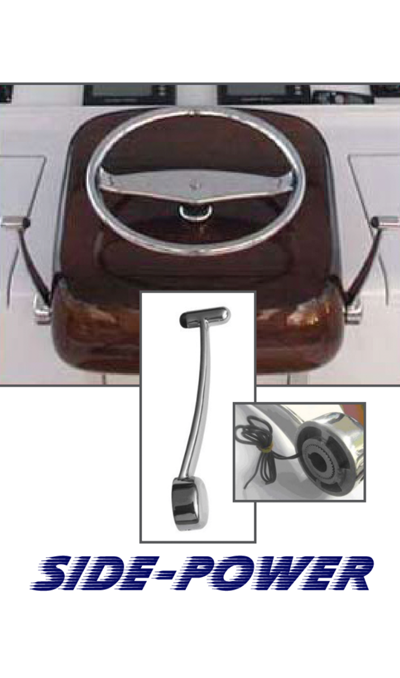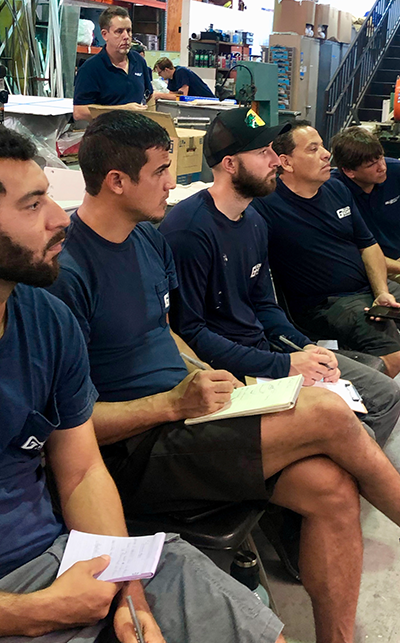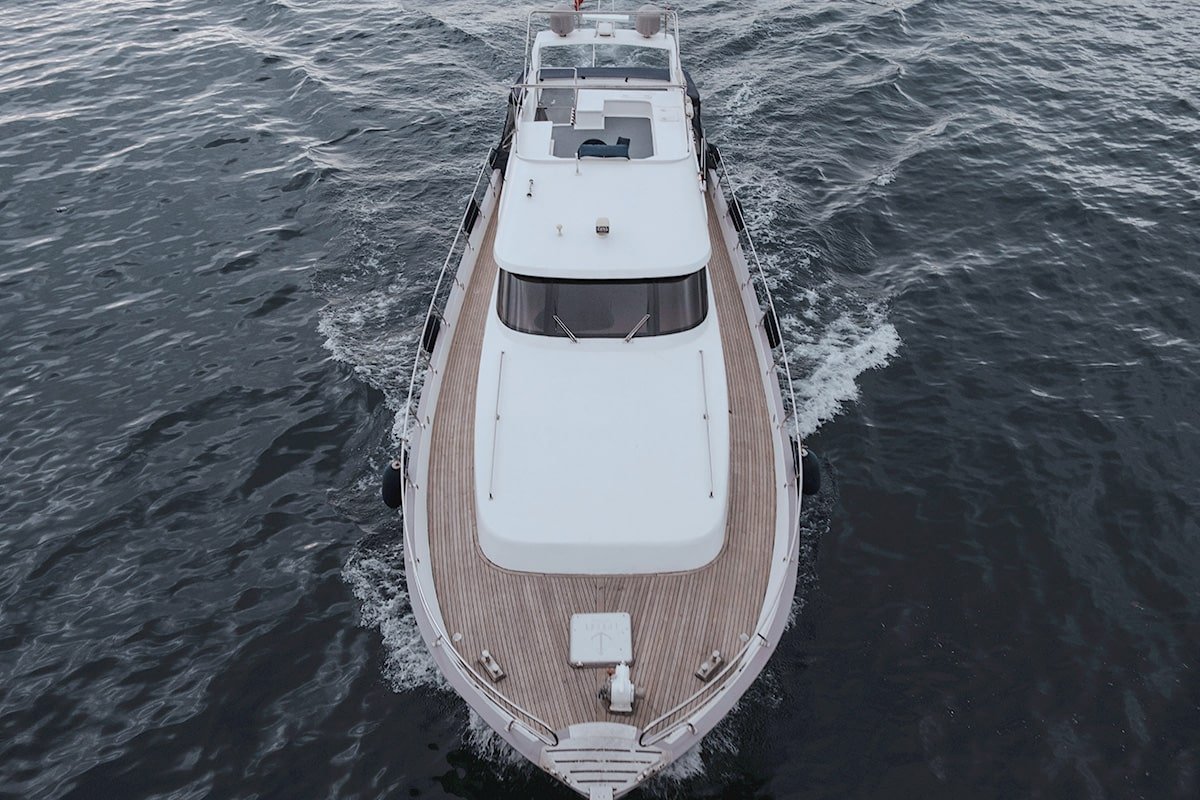Gillen Yacht Services, Inc, of Ft Lauderdale, Florida has been announced as one of the first dealers in the United States to sell and install the new Smartgyro gyroscopic stabilizers. Smartgyro is a state-of-the-art gyro system that is well-positioned to revolutionize the stabilization market. The ease of installation and maintenance make this an extremely viable solution for vessels starting at 30ft and larger. Smartgyro is backed by strategic partner Yanmar and selected Gillen due to its’ full range of technical capabilities and engineering expertise.
Read Full Press Release
It’s A Wrap

Employee Spotlight

HOW TO MAINTAIN YOUR THRUSTER?
Bow and stern thrusters essentially come in two different types; electric and hydraulic. Hydraulic units tend to be on larger boats, with the exception of very large boats which tend to be electric. Electric units on smaller boats are almost always intermittent duty, which means that you can only use them in short intervals. The maximum interval is referred to as the thruster’s duty cycle. Most DC (battery) thrusters will shut themselves down once the duty cycle has been reached. Motor temperature is usually the controlling factor, so after it cools down it should function once again. This can cause considerable problems if this occurs at a critical moment. So, you need to know what the cycle is for your vessel’s thruster. A major advantage of hydraulic and large AC electric units are that they are continuous duty, which means there is no duty cycle period. While this is a desirable feature – they are considerably more expensive to install.
Maintenance on all the various units is similar and usually performed during the haul-out time. Cleaning the thruster prop (s) and changing their zincs are obvious, but also essential is checking the gear lube. (NOTE: some of the newer smaller units do not have the ability to check the oil). ANY water, metal filings or burnt smelling oil is cause for concern, and the unit at the very least will require disassembly, cleaning, and re-sealing, then re-filled with the proper oil. Some boats do not have an oil reservoir inside the boat. If you have a thruster without one, have an oil reservoir installed. It is essential that the reservoir is above the waterline. If you are continually adding oil, you probably have a leak. If the reservoir is located below the waterline, it and the thruster drive leg will fill with seawater if the unit leaks. Therefore, careful attention to the placement of the reservoir is critical.
Hydraulic units need to have normal hydraulic system maintenance and are usually part of a larger system. Items would include filter replacement, oil cooler zincs, and keeping the oil cooler clean. If the hydraulic pump is driven by a clutch, an inspection of the clutch, u-joint lubrication, and clutch wiring is required. With DC units, you need to make sure the batteries, wiring, and charging system are all functioning normally.
Another important issue with DC Units is their power configuration. Lately, we have seen some thrusters connected to one of the engine batteries banks. This can create a potentially dangerous situation if your engines and controls are electronic. What happens is that the thruster(s) draw such large amounts of current, it may be possible to have a voltage drop so low that the engine controls can fail. If the voltage goes low enough, the engine can quit. Usually, there is backup power available to the control and engine ECU to prevent this, but again, we have had a few customers with this problem. If you EVER notice the controls get weird or see a low voltage alarm on your display that goes away between “thrusts”, you need to have the system looked at. There are several remedies for this. Installing new batteries can seemingly solve the problem, but only for a while. A more permanent fix usually requires isolation between the thruster and engines/engine controls battery banks. Gillen Yacht Services has the technical abilities to perform maintenance, troubleshoot or design a new system for both bow and stern thrusters.


